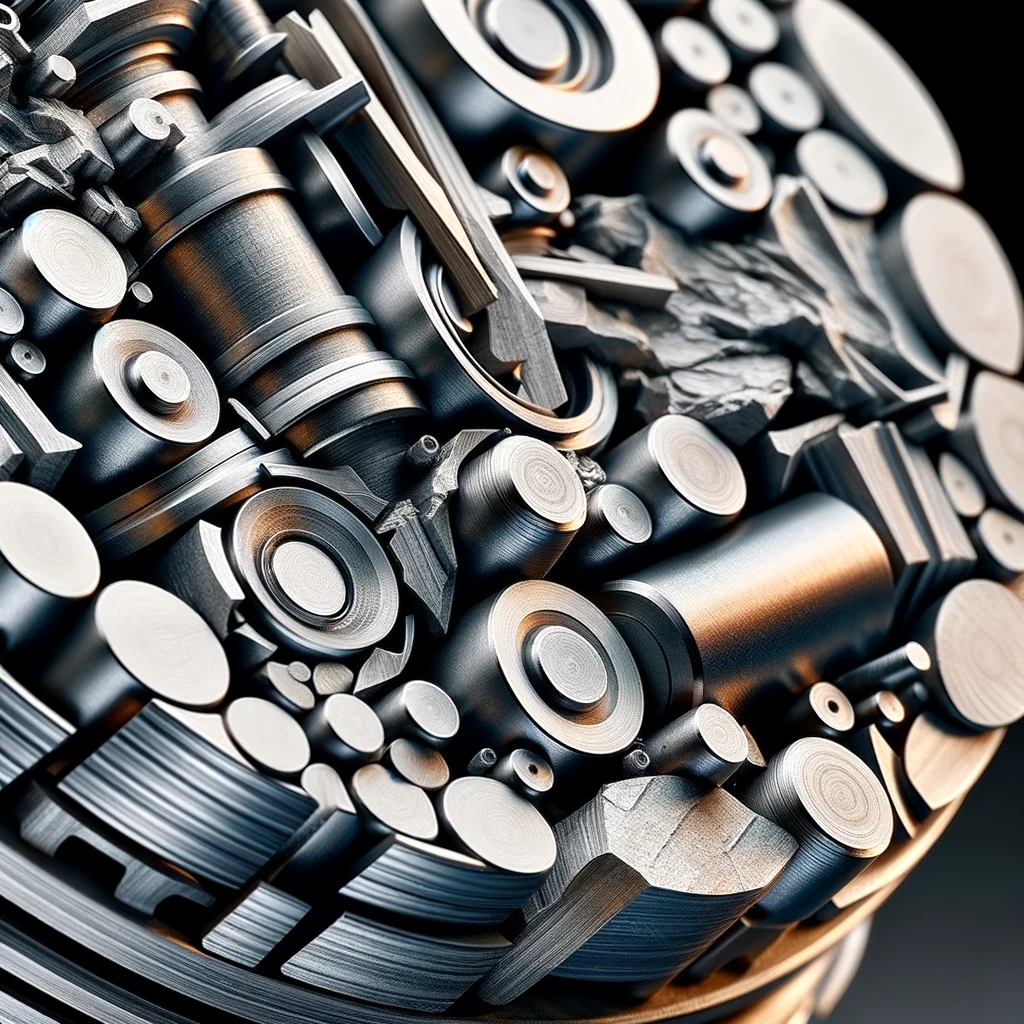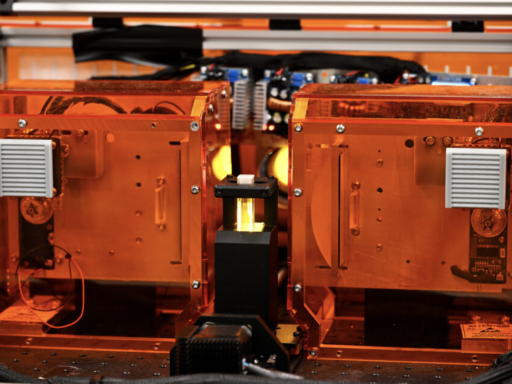Engineers at the University of Toronto’s Faculty of Applied Science and Engineering have leveraged machine learning and nano-3D printing to invent nano-architected materials strong as carbon steel and light as Styrofoam, Toronto Engineering News reports. Detailed in Advanced Materials, the study describes how the team led by Professor Tobin Filleter achieved this groundbreaking combination of strength, featherlight weight, and customizability.
“Nano-architected materials combine high performance shapes…at nanoscale sizes…to achieve some of the highest strength-to-weight and stiffness-to-weight ratios, of any material,” said first author Peter Serles, PhD. Serles noted the challenge of stress concentrations in standard lattice shapes, concluding that it was a perfect problem for machine learning to address.
In collaboration with Professor Seunghwa Ryu and PhD student Jinwook Yeo at the Korea Advanced Institute of Science & Technology (KAIST), the scientists utilized a multi-objective Bayesian optimization machine learning algorithm. This algorithm predicted ideal geometries to enhance stress distribution and improve strength-to-weight ratio. Serles then utilized a two-photon polymerization 3D printer at the UoT’s Centre for Research and Application in Fluidic Technologies (CRAFT) to produce the carbon nanolattice prototypes.
These optimized nanolattices increased the strength of existing designs more than two times, withstanding 2.03 megapascals per cubic meter per kilogram of density, which is five times higher than titanium. “This is the first time machine learning has been applied to optimize nano-architected materials, and we were shocked by the improvements,” Serles explained.
Professor Filleter considers these nano-architectured, 3D-printed materials for ultra-light and high-strength applications in aerospace. For example, the team envisions that the new material designs will allow for reducing fuel demands during flight. “For example, if you were to replace components made of titanium on a plane with this material, you would be looking at fuel savings of 80 liters per year for every kilogram of material you replace,” added Serles.
The team’s plan is to scale up production and keep exploring even lighter, stronger designs. Bringing together diverse elements from material science, machine learning, chemistry, and mechanics, this project is a great step to understanding how to improve materials combining robustness, lightness and adaptability.





